8 tempat oke Jepang yang bagusnya kita kunjungi :)
Minna, aku kasih tau nih, beberapa temapt oke di Japan. well, aku pengeen banget kesana. ada yang mau bayarin?
1.Tokyo Disney Resort
Bila Anda suka berkunjung ke taman hiburan , Tokyo Disney Resort bisa menjadi jawaban yang tepat. Taman hiburan ini berada di prefektur Chiba dan telah mendapat lisensi dari The walt Disney Company.


2.Ueno Park
Jepang terkenal dengan bunga sakuranya yang sangat indah. Bila Anda ingin menikmati kecantikan bunga ini, datanglah ke Ueno Park pada saat musim semi yang terjadi sekitar bulan Maret hingga Mei.
Ueno Park memang tempat yang paling terkenal dan telah menjadi lokasi wisata Jepang yang paling diminati untuk melakukan hanami, yaitu piknik sambil menikmati mekarnya bunga sakura.


3.Fuji-Q Highland
Wisata Jepang yang satu ini berupa taman hiburan yang menyuguhkan wahana permainan paling mendebarkan, salah satunya adalah roller coaster yang sangat tinggi dengan lintasan yang panjang.
Ueno Park memang tempat yang paling terkenal dan telah menjadi lokasi wisata Jepang yang paling diminati untuk melakukan hanami, yaitu piknik sambil menikmati mekarnya bunga sakura.
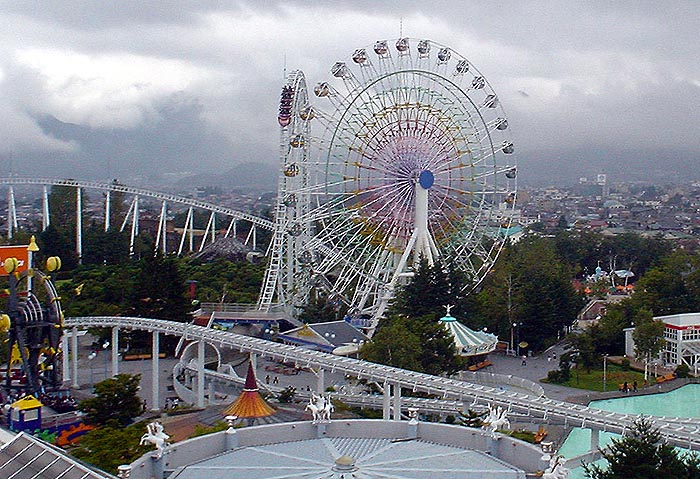

4.Universal Studios Japan
Bagi Anda yang suka dengan duni film, jangan lewatkan wisata Jepang yang satu ini. Universal Studios Japan yang berada di Osaka ini menyuguhkan berbagai hiburan, mulai dari atraksi dari perfilman Hollywood , bioskop (2D, 3D, bahkan 4D), atau Anda bisa sekedar berjalan-jalan di tempat yang mirip sekali dengan lokasi film suatu film.


4.Biei
Biei adalah kota kecil di Hokkaido dan sebenarnya bukanlah tempat wisata yang akan menyajikan berbagai hiburan seperti objek wisata Jepang lainnya. Namun kota kecil ini sangat terkenal dengan keindahan alamnya yang berupa bukit bunga
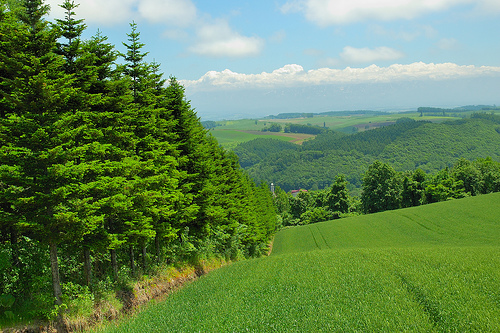

5. Kyoto Gosho
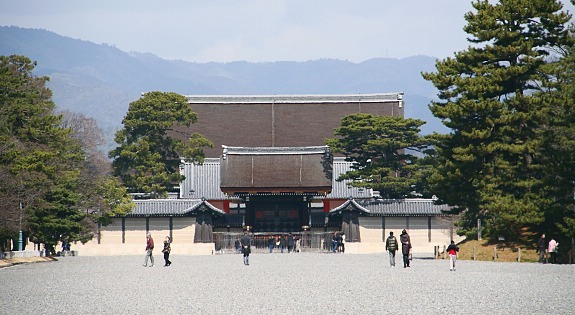
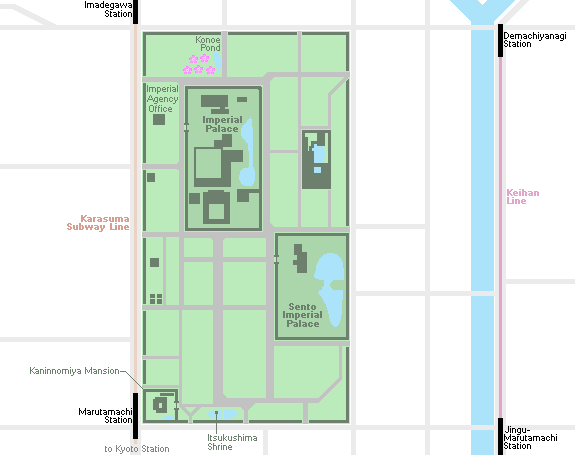
The palace grounds can be entered only on guided tours (in English or Japanese) held by the Imperial Household Agency. Tours take about one hour and lead past the buildings and gardens, but none of the buildings can be entered. Advance reservations (see details below) are mandatory and can be made online or at the Imperial Agency Office, which is also located within the Kyoto Imperial Park.
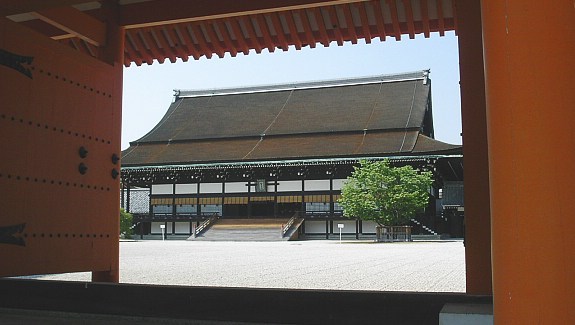
The 1300 meter long and 700 meter wide park also serves as recreational space for both tourists and residents, featuring attractive, broad gravel paths, lawns and tree groves. A pretty group of weepingcherry trees stands beside Konoe Pond in the park's northwestern corner and is usually in bloom for two to three weeks from late March to mid April.
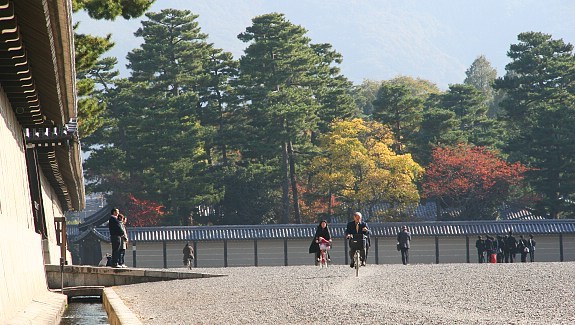
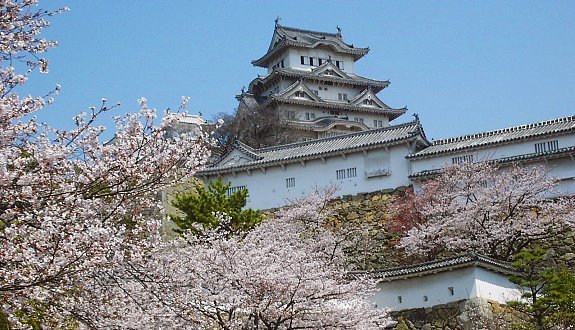
The need for castles arouse after the central government's authority had weakened in the 15th centuryand Japan had fallen into the chaotic era of warring states (sengoku jidai). During that era, Japan consisted of dozens of small independent states which were fighting each other and, for defense purposes, were building small castles on top of mountains.
When Oda Nobunaga reestablised a central authority over Japan about a century later, and his successor Toyotomi Hideyoshi completed the reunification of Japan, many larger castles were built across the country. Unlike the earlier castles, they were built in the plains or on small hills in the plains, where they served as a region's administrative and military headquarters, and became the centers of "castle towns".
During the Meiji Period, many castles were destroyed as unwelcome relics of the feudal past, and even more were lost in World War II. Only about a dozen original castles, i.e. castles that date from thefeudal era (before 1868), survive today. Furthermore, several dozen castles were reconstructed over the past decades.
Castle Structures and Castle Towns
The typical, large castle consisted of three rings of defense, with the so called honmaru ("main circle") in the center followed by the ninomaru ("second circle") and sannomaru ("third circle"). The castle tower stood in the honmaru, while the lords usually lived at a more comfortable residence in the ninomaru.
In the town around the castle, the samurai were residing. The higher their rank, the closer they lived to the castle. Merchants and artisans lived in special areas, while temple and entertainment districts were usually located just outside the city. Tokyo and Kanazawa are two good examples among many Japanese cities which evolved as castle towns.
The main construction material for castle buildings used to be wood, as can be witnessed when visiting the interior of one of the surviving original castles. Most newer reconstructions, however, are made of concrete, and their interiors are modern. Most castles now house a museum
7. Churaumi Okinawa Aquarium

The aquarium is a part of the Ocean Expo Commemorative National Government Park located in Motobu, Okinawa. The aquarium is made up of four floors, with tanks containing deep sea creatures, sharks, coral and tropical fish. The aquarium is set on 19,000 m² of land, with a total of 77 tanks containing 10,000 m³ of water. Water for the saltwater exhibits is pumped into the aquarium from a source 350m offshore, 24 hours a day.[4]
The main tank, called the Kuroshio Sea, holds 7,500 cubic metres (1,981,000 USgal) of water and features an acrylic glass panel measuring 8.2 by 22.5 metres (27 by 74 ft) with a thickness of 60 centimetres (24 in),[5] the largest such panel in the world when the aquarium was opened.[1][6] Whale sharks and manta rays are kept alongside many other fish species in the main tank.[1] The first manta ray birth at the aquarium was in 2007.[7] As of July 2010, there have been a total of four manta rays born in the aquarium.[8]
The aquarium holds 80 species of coral. It is one of only a few aquariums that keeps whale sharks in captivity, and is currently trying to breed them.[1
8. Haraju Station
Harajuku first burst onto the scene in 1964 - the Olympic year. With the Olympic gymnasium and village located nearby, the prospect of meeting somebody famous in the street drew people from far and wide. Today, the area includes Takshita Street, Meiji Dori Avenue and Omotesando Dori Avenue.
Takeshita Dori Street is opposite the Takeshita Dori Exit of Harajuku Station. Here, shops sell a most extraordinary blend of goods reflecting the Japanese notions of "cute", "cool and American" and "rebellious and British". In other words a strange mixture of Hello Kitty, hip-hop and the infamous British punk. As for the shoppers? Well, any form of fancy dress goes.

Takeshita Dori Entrance
Turn right at the bottom of Takshita Dori Street, walk along Meiji Dori Avenue as far the crossroads, then turn left into Omotesando Dori Avenue.
On a Sunday, Omotesando Dori Avenue is littered with street performers. Look out for the resident Rockerbilly Group. Timing is certainly amiss, but quiffs rise high. So together with the two men in suits who lose most of their day talking to pink bunnies, it's certainly a curiosity. At the end of Omotesando Dori Avenue, you'll find Aoyama, a stylish area full of expensive shops and boutiques.
For yet more Sunday street entertainment head up to Yoyogi Park. It's close to Harajuku Station. The NHK Broadcasting Plaza is just opposite. A quick five minute walk over the plaza and you'll be in Shibuya.


Komentar
Posting Komentar